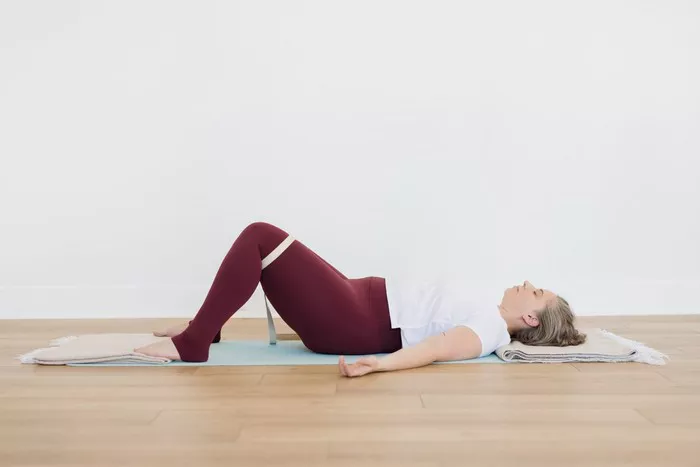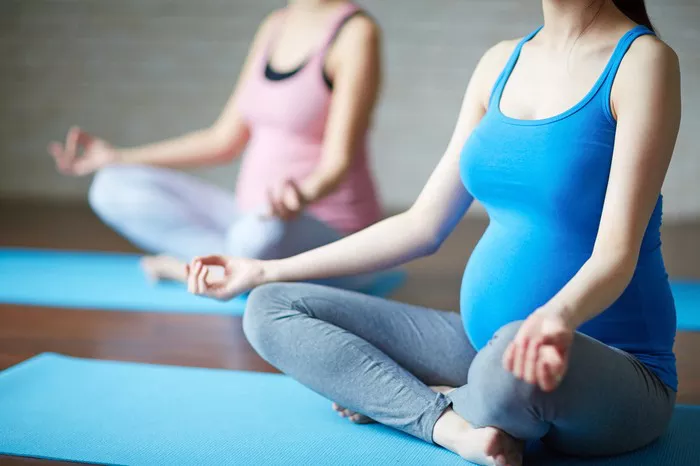Yoga balls, also known as exercise balls, stability balls, or Swiss balls, are popular fitness tools widely used in yoga practices, physical therapy, and general fitness routines. They are praised for their versatility and effectiveness in improving core strength, balance, and flexibility. However, to fully appreciate their benefits, it is essential to understand what yoga balls are made of. This comprehensive guide delves into the materials used in yoga balls, their manufacturing processes, and the impact of these materials on performance and safety.
Materials Used in Yoga Balls
Yoga balls are primarily made from various types of plastic polymers. The selection of material impacts the ball’s durability, elasticity, and safety. Here are the most commonly used materials:
1. PVC (Polyvinyl Chloride)
PVC is the most prevalent material used in yoga balls. It is a synthetic plastic polymer that offers several advantages:
- Durability: PVC is highly durable and resistant to wear and tear. This makes it ideal for yoga balls that need to withstand regular use and high levels of pressure.
- Flexibility: It provides excellent elasticity, which is crucial for the ball’s ability to deform under weight and then return to its original shape.
- Cost-Effective: PVC is relatively inexpensive compared to other materials, making it a cost-effective choice for manufacturers and consumers.
However, PVC has some environmental and health concerns. It is not biodegradable and can release harmful chemicals during its production and disposal. To mitigate these concerns, some manufacturers use eco-friendly alternatives or additives to make PVC more sustainable.
2. Rubber
Natural rubber or synthetic rubber is another material used in yoga balls. Rubber offers distinct properties:
- Elasticity: Rubber provides superior elasticity and bounce, making it ideal for dynamic exercises.
- Grip: It offers a better grip, reducing the likelihood of slipping during exercises.
- Eco-Friendly: Natural rubber is biodegradable and a more environmentally friendly option compared to PVC.
However, rubber can be more expensive and less durable than PVC, especially if not treated properly.
3. TPE (Thermoplastic Elastomers)
TPE is a newer material gaining popularity in the fitness industry. It combines the properties of rubber and plastic, offering several benefits:
- Flexibility and Softness: TPE is soft to the touch and highly flexible, providing a comfortable experience during use.
- Eco-Friendly: TPE is more environmentally friendly than PVC as it is recyclable and often contains fewer harmful chemicals.
- Non-Toxic: It is free from latex, phthalates, and heavy metals, making it a safer choice for users.
TPE tends to be more expensive than PVC but offers a good balance of performance and eco-friendliness.
4. ABS (Acrylonitrile Butadiene Styrene)
ABS is a tough, impact-resistant plastic often used in high-quality yoga balls:
- Strength: ABS is known for its strength and resistance to physical impacts, making it ideal for heavy-duty use.
- Durability: It offers excellent durability and can withstand high pressures without deforming.
- Safety: ABS is generally considered safe and does not contain harmful chemicals like some types of PVC.
However, ABS can be more rigid and less flexible than PVC or rubber, which may affect the comfort and performance of the yoga ball.
Manufacturing Process of Yoga Balls
The manufacturing process of yoga balls involves several steps, each crucial to ensuring the quality and safety of the final product. Here’s a detailed look at how yoga balls are made:
See Also: How to Use a Yoga Ball: Practical Tips
1. Material Preparation
The first step involves preparing the raw materials. For PVC yoga balls, the PVC resin is mixed with plasticizers, stabilizers, and colorants to achieve the desired properties. For rubber or TPE balls, similar additives are used to enhance performance characteristics.
2. Molding and Extrusion
The prepared material is then heated and melted into a homogenous mixture. This mixture is either poured into molds or extruded into the desired shape. The molding process involves pouring the material into ball-shaped molds, which are then cooled to form the basic structure of the yoga ball. Extrusion, on the other hand, involves pushing the material through a die to create a continuous tube, which is then cut and shaped into balls.
3. Inflation and Sealing
Once the basic structure is formed, the balls are partially inflated to check for defects and ensure uniformity in thickness. They are then fully inflated to their intended size. After inflation, the balls are sealed using heat or adhesive to prevent air leakage.
4. Quality Control
Quality control is a critical step in the manufacturing process. Each yoga ball undergoes rigorous testing to ensure it meets safety and performance standards. This includes pressure tests, durability tests, and inspections for any defects or inconsistencies.
5. Finishing Touches
Finally, the yoga balls are finished with surface treatments to enhance their grip and appearance. Some balls are textured for better grip, while others may have additional coatings to increase durability and resistance to wear and tear.
Impact of Materials on Performance and Safety
The material composition of yoga balls significantly impacts their performance, safety, and overall user experience. Here are some key considerations:
1. Durability and Lifespan
The durability of a yoga ball is directly influenced by its material. PVC and ABS are known for their high durability and resistance to wear and tear, making them suitable for heavy and regular use. Rubber and TPE, while durable, may not last as long as PVC or ABS under intensive use but offer superior comfort and eco-friendliness.
2. Elasticity and Bounce
Elasticity is crucial for yoga balls, affecting their ability to deform under pressure and return to their original shape. Rubber and TPE offer excellent elasticity and bounce, making them ideal for dynamic exercises. PVC also provides good elasticity but may not match the performance of rubber or TPE in this regard.
3. Grip and Safety
Grip is essential for safety during exercises. Rubber and TPE provide the best grip, reducing the risk of slipping. PVC can be treated to enhance grip, but it may still be less effective than rubber or TPE. ABS, while strong and durable, can be more rigid and may require additional treatments to improve grip.
4. Eco-Friendliness
Environmental impact is an important consideration for many consumers. Rubber and TPE are more eco-friendly options as they are biodegradable and recyclable, respectively. PVC, while cost-effective and durable, poses environmental and health risks due to the release of harmful chemicals during production and disposal. ABS, while safer than PVC, is not biodegradable but can be recycled.
5. Health and Safety
The health and safety of users are paramount. Materials like TPE and ABS are free from harmful chemicals such as phthalates, heavy metals, and latex, making them safer choices for users with sensitivities or allergies. PVC, if not treated properly, can contain harmful additives, so it’s essential to choose PVC balls that are certified free from toxic substances.
Conclusion
Yoga balls are versatile and effective fitness tools that offer numerous benefits for physical health and well-being. Understanding the materials they are made from is crucial for making informed choices that suit your needs and preferences. Whether you prioritize durability, elasticity, grip, eco-friendliness, or safety, there is a yoga ball material that can meet your requirements.
Related topics:























